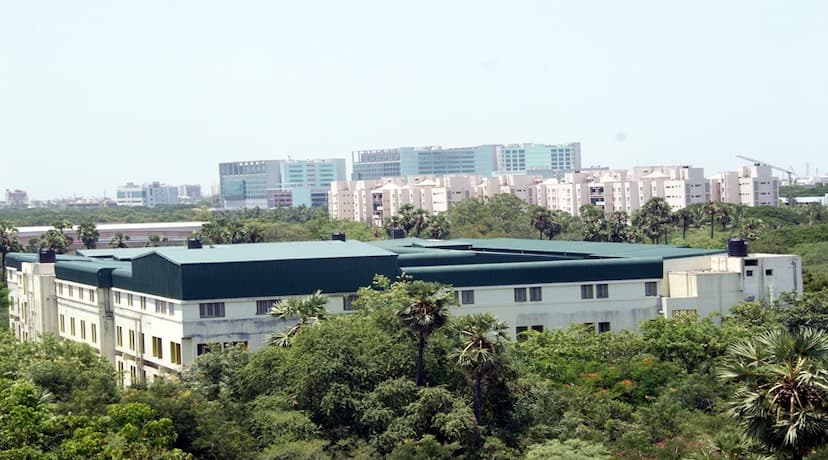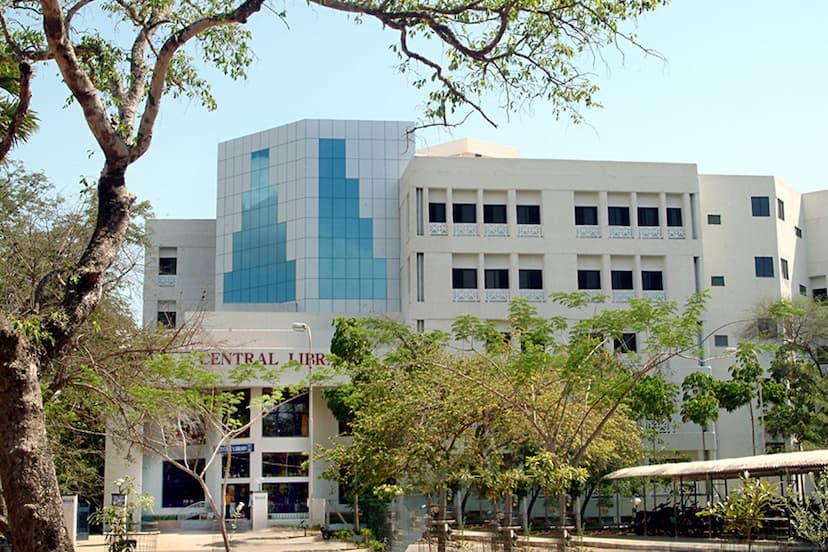XTIC to host great extended reality summit

XTIC is hosting India’s first Academia-Industry supported ‘eXtended Reality’ (XR) Summit on 16 and 17 November 2024. The last date to register for the summit is 9 November 2024.
Industries, Start-ups and Researchers working in the extended Reality Sector can register through the following link – https://xtic.org/xr-summit or https://xrsummit.xtic.org

eXperiential Technology Innovation Centre or XTIC is an IIT Madras Institute of Eminence Centre in Virtual Reality and related fields.

Venue
The event will be conducted at IIT Madras and will bring together key stake holders in in experiential technology at a pivotal moment in the era of rapid technological advancements and digital transformation.
Experiential technologies
As ‘Digital India’ continues to rise, it is vitally crucial to evaluate the current landscape of experiential technologies and address the existing skill gaps to ensure sustainable growth and innovation, say sources from XTIC.

Leaders
Global XR leaders will be addressing in the event. Prof. Steve LaValle, the co-founder of popular Oculus, Prof.Mandayam Srinivasan the founder of MIT Hapticslab, Prof. Mel Slater, XR Psychology, and others are few of the keynote speakers, say sources from XTIC.

It is working towards creating an innovation corridor to support innovation in AR, VR and MR for IIT Madras projects and select students in their pursuit to explore and guide to the journey of entrepreneurship.

Significance
Prof. M. Manivannan, Faculty Head, XTIC, IIT Madras highlighted the significance of this summit.
This event marks India’s first Academia-Industry-supported XR Summit. While there have been numerous AR/VR events in India, previous XR gatherings were exclusively industry-led, he said.
‘The XR Summit is unique in bringing together academia and industry, a crucial collaboration for driving innovation.’
Without this partnership, there is a risk that young talent in India could be reduced to mere ‘digital labourers’ in the XR field, said faculty head at XTIC.

Prof Manivannan further said global XR leaders like Steve LaValle will be attending in person, with others such as Mel Slater and Mandayam Srinivasan from MIT Touch Lab joining online.
The event also offers opportunities to network with industrialists, startups, and government agencies, alongside the chance to meet global XR experts, said Prof Manivannan, faculty head at XTIC.
Visiting Scientist
Prof. M. Manivannan was a visiting Scientist at the Massachusetts Institute of Technology (MIT) in Cambridge, Massachusetts General Hospital (MGH) of Harvard Medical School (HMS) in Boston, National Institute of Standards and Technology (NIST), Maryland.
Collaboration
This summit will also feature collaboration with ‘AWE’ (Augmented World Expo), a premier global VR/AR event since 2010 that has been inspiring a community of professionals, innovators, and creators in XR.
This year, XTIC, IIT Madras, will host an exclusive ‘AWE Evening’ during the summit, laying the groundwork for a full-fledged AWE event in India by 2026.
Awards
As the inaugural event for the CAVE consortium founded in 2022, XTIC, IIT Madras, will also be announcing several awards to honour and promote the contributions of startups in XR, creating further networking opportunities within the industry.

It is working towards creating an innovation corridor to support innovation in AR, VR and MR for IIT Madras projects and selected students in their pursuit to explore and guide to the journey of entrepreneurship.
They function as a catalyst that will accelerate growth, expedite the process, and envision a project or product to completion.
S Vishnu Sharmaa now works with collegechalo.com in the news team. His work involves writing articles related to the education sector in India with a keen focus on higher education issues. Journalism has always been a passion for him. He has more than 10 years of enriching experience with various media organizations like Eenadu, Webdunia, News Today, Infodea. He also has a strong interest in writing about defence and railway related issues.









